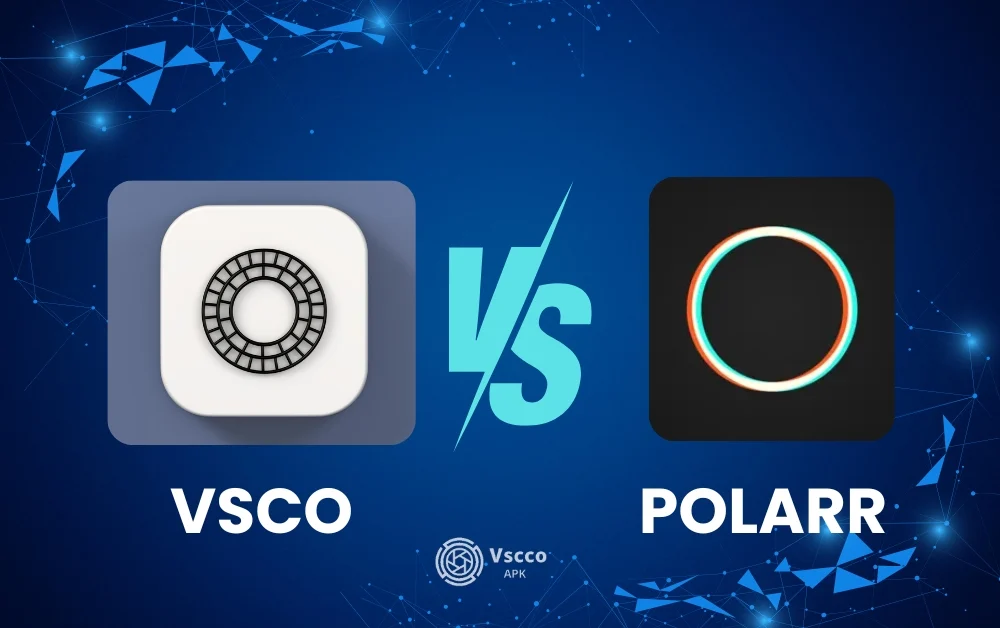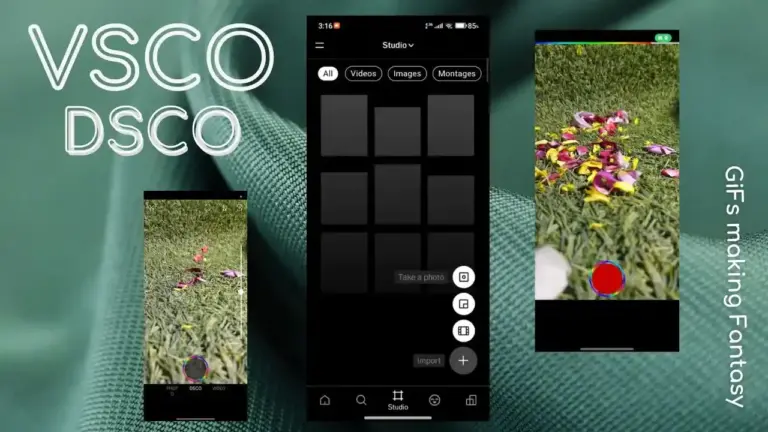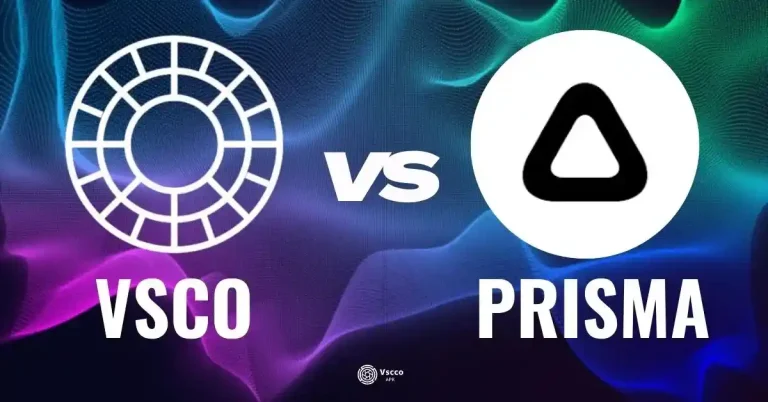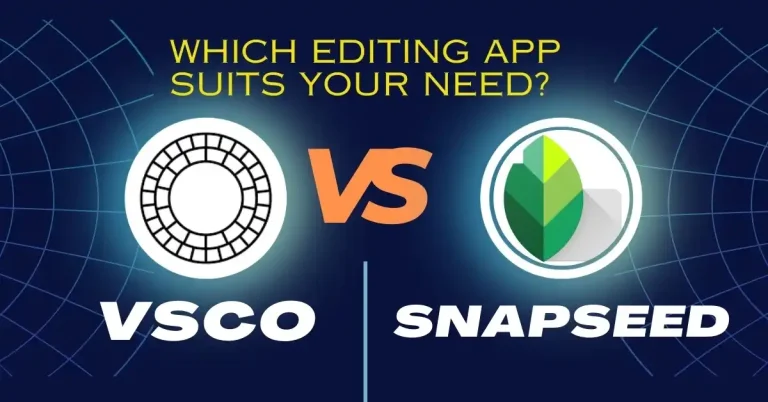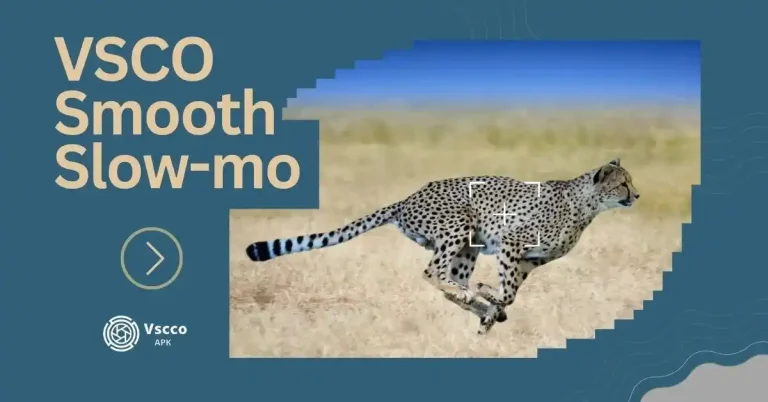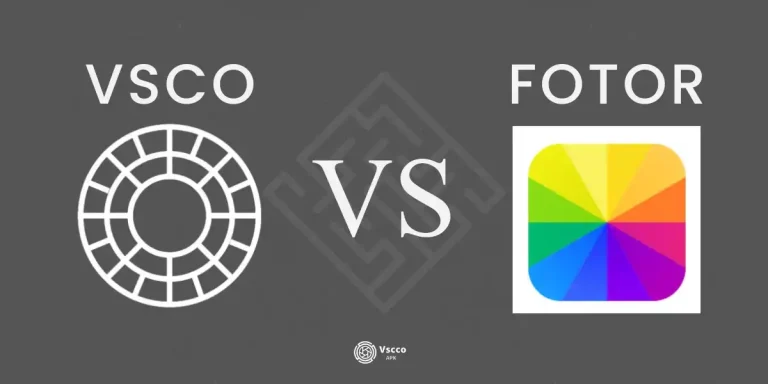VSCO vs Polarr-An In-depth Comparison
The biggest issue most people encounter while going about editing photographs on their smartphone is finding the right great app, one that balances ease with the kind of advanced tools you want to see. Many users need help with overly complex interfaces or apps that need to offer more creative control. It’s exactly here where the battle between VSCO vs Polarr comes in since these two apps cater to rather different kinds of users but yet share much in common, too.
If you want an edit that is quick, pretty and brings a cinematic feel, VSCO might be the answer. It is great for film-like filters and is simple enough for a weekend photographer to make a difference in a photo without trying too hard.
On the other hand, however, if you would like to have more detailed control of your images, then the tools provided by Polarr include AI-powered adjustments, selective masking, and even creating a custom style. These features allow photographers to hone each detail of their shots-from color correction to lighting effects.Its main difference in the amount of control you are allowed to have comes from these two applications- the level of detail that each one would provide. While VSCO is mainly centered on delivering a fast, aesthetically pleasing result through the use of presets, Polarr goes much deeper by enabling the capability to manipulate finer details.
Now, with such knowledge, you’ll be better equipped to choose the best application for your needs-that is, VSCO for quick filters or Polarr for even more advanced editing tools.
VSCO vs Polarr-Key Features Comparison
In the comparison of VSCO vs Polarr, let’s first discuss their key features.
VSCO vs Polarr-Filters & Presets
The very first thing users take notice of, comparing VSCO vs Polarr, are its filters and presets. These are the lifeblood of photo editing.
VSCO Film-Inspired Presets
VSCO is known mainly for its film presets and VSCO recipes. The presets of the app actually aim towards the nostalgic, artistic quality similar to shooting film. Both casual users and professional photographers are getting that great feeling in actual analogue films, like Kodak,Agfa or Fuji stock.
VSCO maintains the idea of delecatly, using ultra fine manipulation that does not overly weigh on the user’s images. Fine manipulation is further enhanced with each preset having sliders that adjust the intensity of the filter for the exact amount of mood a user is looking to achieve. The quality makes the key difference for VSCO vs Polarr, in which VSCO clearly wins out as providing seamless, curated experiences for aesthetic users.
Polar’s Customizable Styles and QR Code Sharing
Much more technical and customizable than VSCO, Polarr offers more. If, for instance, VSCO styles are strictly based on preset, Polarr gives users a chance to create their filters, known as Styles, fine-tuning every aspect of their edit. As it offers, the huge range of editing tools available – from color adjustments to advanced lighting and masking features – is pretty beneficial to users who require a highly personalized experience during this entire editing process.
One thing that makes Polarr stand out is that it allows the ability to share personalized styles via QR codes. Users can create their styles and share them with other users by simply scanning a code. So, users will be free to share customization images and plans with creativeness freely. Even though this feature is very innovatively new, users who enjoy trying out technical aspects of photo editing would benefit from this feature than those looking for fast artistic alterations.
On the filters and presets front, VSCO leads users looking for fast, film-inspired emotions and moods in their edits. That’s what its curated preset delivers, an easily accessible means of photo enhancement without deep technical skills.
On the other hand, Polarr is more geared towards advanced users who want to experiment with their styles and share their edits with a larger audience. It’s VSCO, after all, which is most convenient for users looking for artistic expression with minimal effort – its simplicity and aesthetic-driven approach make it the first choice.
VSCO vs Polarr-Editing Tools
Basic Adjustments in VSCO
When considering the image editing tools in the comparison of VSCO vs Polarr, VSCO takes the side of being easy to use and less complicated. Its very basic adjustments are good for users looking for just enough to smoothen their photos with less load on their edits.
The minimalist approach is the beauty of VSCO. The app is designed to give quick adjustments with intuitive sliders, so users are not going to find themselves searching for too many options. This makes VSCO highly appealing to casual photographers. In a nutshell, VSCO’s basic editing tools are great for enhancing while keeping the shots as organic and natural as possible.
Polarr-Editing Tools
However, in comparison, Polarr offers a good suite for those who require more than surface level photo editing. The editing tools provided by Polarr include AI-enhanced features, selective masks, and LUTs, providing users with a very fine amount of control over specific areas of an image. It makes it the best choice for photographers that require fine precision edits.
For instance, using selective masking in Polarr, you may mask a part of the image and edit it without affecting the rest of the photograph.
You could increase brightness, colors, or even sharpness in one area, and therefore, the complexity of the edit increases but is likely going to be way more time-consuming and technical than VSCO’s minimal edits.
VSCO vs Polarr- Interface & Ease of Use
The Minimalism Approach in VSCO
One area where VSCO really shines is in the minimalist user interface. It is apparent how the app design philosophies are geared toward keeping the user experience as clean and simple as possible. Upon opening the application, a very sleek view is presented that puts photography in focus entirely. Editing tools are nicely tucked away but are still accessible, so the user can make adjustments without any distractions.The minimalistic design does not confuse the user with too many options at work; this is the way in which users can easily track their creative work. The minimalist nature of the app encourages experimentation.
The interface of Polarr for both beginners and professionals
Although highly prolific in terms of advanced tools, Polarr still provides an interface perfect for beginners and professionals. Polarr’s software is highly adaptive in its design, where users can configure their working place based on their needs, as well as organize their tools. Hence, Polarr is suitable for a more significant portion of users, ranging from casual ones to seasoned photographers requiring full control over their working environment.
For more amateur users, Polarr features tutorials and presets that are simple to use. However, deeper features like AI tools and layer-based editing will cater to the needs of advanced users. In that regard, when users want to make some quick edits, the complexity of these tools will sometimes overpower them, making VSCO a better choice in preference if they like less complicated editing.
VSCO vs Polarr allows a user to clearly define a winner between these programs based on simplicity, ease of use, and efficiency within the process of editing, it is the VSCO. The application has come with a minimalist UI and basic tools for intuitive adjustment-one has everything that’s needed for neat, fast enhancements of photos. Polarr is much more advanced and gives the user a lot of complex options for customized edits, but more than a casual user wants to have work within the software.
VSCO vs Polarr-Social, Community Features
VSCO vs Polarr-VSCO’s Integrated Social Platform
If discussing social and community features, VSCO is more prominent in the comparison of VSCO vs Polarr. In fact, the platform in VSCO allows users not only to edit but to relate to a lively, creative, and artistic community through photos. Other users would browse other pictures and try different styles, inspiring their creativity in doing the same. It also implies a social transcending easy photo editing, but allowing the ability to scroll through a high-quality feed picked by talented creators.
Unlike most social media applications, VSCO aims at sharing real visual stories rather than likes and comments. That means true artistic freedom since engagement metrics do not haunt them. VSCO gives creators the ability to follow others, view their recent work, and engage in a community where creativity takes priority over competition.
VSCO vs Polarr-Polarr Network and Style Sharing
Polarr really offers advanced editing features, but social interaction isn’t up to par. It’s more focused on the Creator Network, designed around the ease of sharing custom editing styles with others. Users can create their styles—filters, overlays, or mixed effects—and share them via QR codes. It’s actually kind of a neat trick that lets photographers share their custom looks with friends, followers, or other users in the Polarr community.
Although Polarr does not sport the VSCO type social feed, the attitude of sharing style within Polarr is interesting. Users can discover new and newer styles by exploring the Discover area of the application and then bringing it into their edits. The app is suitable for a user who wants to try out some effects that are considered different. However, the limitation of a full-fledged social network limits the degree of user interaction.
VSCO is different from the competition in the VSCO vs. Polarr comparison. VSCO offers a complete social platform through which it not only explores but also interacts with the creative community. It goes beyond being only an app for photo editing; it has evolved to become a social hub for visual storytelling. While the Polarr approach offers novel style sharing via QR, VSCO’s inherent social networking offering is much deeper and more immersive, making it much more suitable for users who want to really interact with other photographers as well as with other creators also by using social media platforms like Instagram.
Performance & System Requirements
Performance and Compatibility
When discussing performance and system requirements, there are several differences in speed and device compatibility when comparing VSCO vs Polarr. Performance is essential in determining which app would be best suited for you, especially in areas where there are variations of technical specifications in the devices used.
VSCO Performance- Across Devices
VSCO excels on the front of compatibility, along with general performance, across a range of devices. Whether the high-end smartphone user or the more basic model, VSCO runs smoothly without any severe lags. Its light footprint and very user-friendly interface ensure that the app loads fast and performs continually on both Android and iOS platforms. The reliability makes it accessible to a more massive audience, given that users can enjoy its features without having to worry about the specifications of their devices.
Furthermore, VSCO has managed to optimize the app size, which, in itself, prevents it from lagging or crashing. It is so perfectly done, meaning no crashes of any sort while editing, applying presets, or just moving around on the app. For people who prefer having an easy-to-edit app across an array of devices, VSCO offers the user experience that also comes with stability and speed, making the app very popular with casual and professional users alike.
Higher Performance Demands and Compatibility Issues in Low-Spec Devices of Polarr
While using Polarr, resource-constrained devices can easily experience problems such as lagging, slower speed, and spontaneous crashes, especially when handling high-resolution images or working with very complex filters.
It is undoubtedly very powerful, but its higher resource requirement may cause compatibility problems in older or lower-capacity devices.
VSCO vs Polarr-Pricing & Subscription
VSCO vs Polarr-Free vs Paid Versions
Both VSCO and Polarr offer free and paidversions, but the differences in terms of range between what’s free are different for each.
For VSCO, the free version unlocks its editing apps like exposure, contrast, and plenty of presets. Though most users can make admirable edits using this software, there are many who want more preset and advanced tools like HSL, AI, for which one will have to subscribe. The app also supports video editing.
On the other hand, Polarr also offers a free, reliable version with basic editing tools and many fundamental filters. However, its full functionality, including AI tools and the possibility of creating and sharing your styles via QR codes, will be paid for. In any case, Polarr’s free version works, but many of its standout features are available to paying subscribers, which limits its scope compared with VSCO.
Subscription Cost
When it comes to price, VSCO has a yearly subscription, which goes for $29.99 per year. In this subscription, users get access to all the available presets and advanced tools concerning post-processing as well as video editing features. With single-tier pricing in such an arrangement, it is straightforward for users who wish to get everything VSCO offers without creating tiered pricing levels.
Polarr has monthly and yearly subscription options. Monthly subscription, the price is $3.99 per month; annual subscription, it costs $19.99 per year, giving users the option to pay on the schedule of their choosing,
However, to those who want a simple, all-in-one edit experience, VSCO’s larger preset options and community features would make the higher price worthwhile.
On the other hand, this whole VSCO vs. Polarr debate would fall into what really matters- whether it’s affordable, AI-enabled advanced tools (Polarr) or rich presets, with VSCO AI option and ease of use, and strong community experience that is robust by VSCO.
VSCO offers better engagement on its platform, making it worth the higher price point for the user seeking a more streamlined photo editing creative feel.
Advantages & Disadvantages
Advantage of VSCO
VSCO’s Film-Style Edits Powered Presets
VSCO’s film-inspired presets bring stunning edits with quite effortless ease, reproducing the look of analog photography.
In-built Social Platform for Photographers
VSCO has an in-built social platform offering users access to a creative community where they might get inspiration or make friends with other photographers.
Disadvantage of VSCO
Advance Editing Capability is limited.
Although very good for casual editing, VSCO needs to gain the sophistication of more complex editing tools, including AI-driven features and selective masks that might be better suited for professional editing.
Cost of Full Subscription
To unlock all of VSCO’s presets and features, you’ll have to pay a yearly fee of $29.99, which can be expensive for budget-driven users.
Advantages of Polarr
- AI-Based Tools for good Editing
- Ability to Create and Share Custom Styles
Cons of Polarr
Performance Issues on Low-Spec Devices
It requires more processing power, where performance may lag slightly on low-spec devices, which, therefore, limits availability to users with older or less powerful smartphones.
Subscription to Access Premium and AI Power Tools
Polarr does have a free version, but if one is to use the premium tools and access the AI power features, then one will have to pay for it at $19.99 a year or $3.99 a month.
Conclusion
If only to make quick edits that should preferably be aesthetic, VSCO does the job just great. Its user-friendly interface, put together with its collection of film-inspired presets, makes Its camera perfect for users who would like to enhance photos without digging into deep adjustments. Plus, VSCO has its social built-in platform that gives its photographers a unique place for engagement with each other, sharing work, and finding inspiration- a really valuable feature for those who like being part of a creative community.On the other hand,Polarr is suitable for those who need advanced, precision editing tools.
After all, VSCO is highly recommended for users who emphasize simplicity as well as creativity. On the other hand, Polarr is best preferred for much detailed editing.
If you prefer a simple, aesthetic-driven editing experience, VSCO is your best choice. For advanced editing with more control, Polarr offers better tools.

